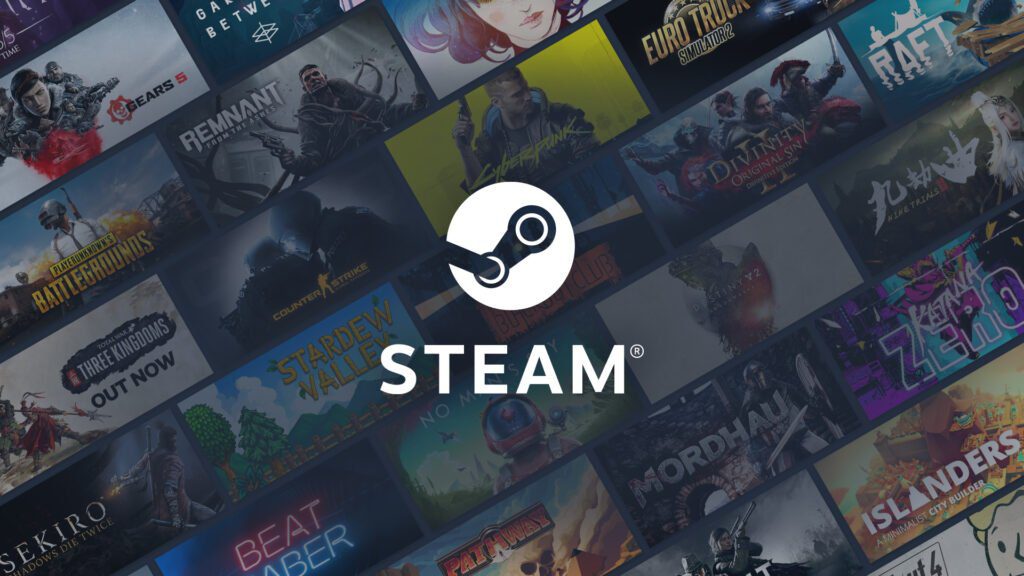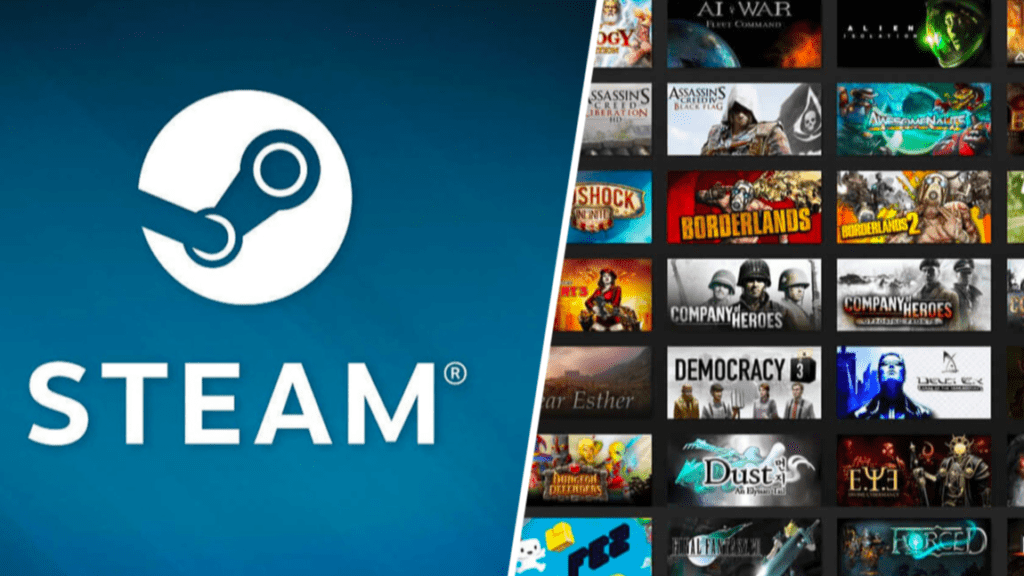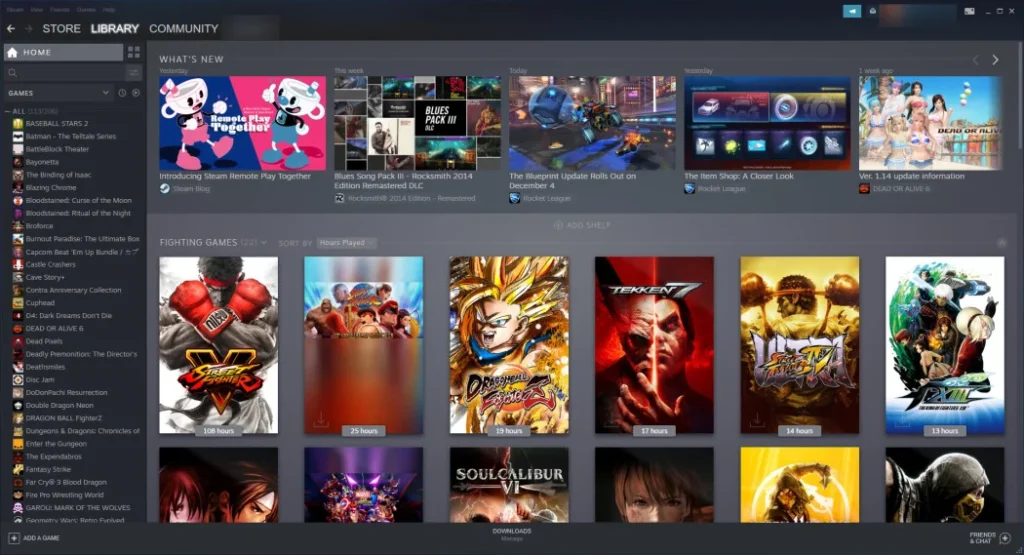Welcome to Shafy School! 🎉 Today, we’re diving into Steam, the ultimate platform for digital distribution of games. This comprehensive guide will cover how to install Steam, the types of file extensions it supports, how to use its various features and options, and how to configure it for optimal performance. Whether you’re a casual gamer or a hardcore enthusiast, this guide has you covered. Let’s get started! 🚀
Table of Contents

Introduction to Steam
Steam is a digital distribution platform developed by Valve Corporation, providing a comprehensive library of games, software, and other media. Launched in 2003, Steam has become the go-to platform for millions of gamers worldwide, offering a wide range of features to enhance the gaming experience.
Why Steam is Important
Steam revolutionizes the way games are bought, downloaded, and played. It provides a centralized platform for managing your gaming library, connecting with friends, and accessing community content. Steam also offers frequent sales and discounts, making it a cost-effective option for gamers.
How to Install Steam
Installing Steam is a straightforward process, and you can do it in a couple of ways. Here’s how:
Installation Method 1: Direct Download
- Visit the Official Website: Go to the official Steam website.
- Download the Installer: Click on the “Install Steam” button to download the installer suitable for your operating system (Windows, macOS, or Linux).
- Run the Installer: Once downloaded, open the installer file and follow the on-screen instructions to complete the installation.
- Launch Steam: After installation, launch Steam from your desktop or start menu.
Installation Method 2: Using a Package Manager
- Open Your Terminal or Command Prompt: Depending on your operating system, open the terminal or command prompt.
- Install Steam: Use the following commands based on your OS:
- Windows (Chocolatey):
choco install steam-client - macOS (Homebrew):
brew install --cask steam - Linux (APT):
sudo apt install steam
- Windows (Chocolatey):
- Launch Steam: Once the installation is complete, you can launch Steam from your applications menu or directly from the terminal.

File Extensions Supported by Steam
Steam supports a variety of file extensions for games, software, and media, including:
- Game Files: .exe, .dll, .bin, .ncf, .acf, .vpk
- Media Files: .mp3, .mp4, .wav, .ogg
- Document Files: .txt, .pdf, .html
- Archive Files: .zip, .rar, .7z
Using Steam: Features and Options
Steam offers numerous features and options to enhance your gaming experience. Here’s a detailed look at some of the key options available:
Library Management
- Add Games: Easily add games to your library by purchasing them from the Steam Store or adding non-Steam games.
- Categories and Tags: Organize your library with custom categories and tags for easy navigation.
- Automatic Updates: Keep your games up to date with automatic updates.
In-Game Overlay
- Access During Gameplay: Press Shift + Tab to access the Steam overlay while playing a game.
- Friends List: View and chat with friends without leaving your game.
- Web Browser: Access the web browser to look up guides, watch videos, or browse the internet.
Steam Community
- Friends and Chat: Add friends, join chat groups, and communicate with other gamers.
- Achievements: Track your achievements and compare them with friends.
- Groups and Clans: Join or create groups and clans to connect with like-minded gamers.
Steam Workshop
- Mods and Custom Content: Browse and download mods, maps, and custom content created by the community.
- Create and Share: Create your own content and share it with the Steam community.
Big Picture Mode
- TV-Friendly Interface: Use Big Picture Mode to enjoy a console-like experience on your TV.
- Controller Support: Navigate and play games using a game controller.
Use Cases for Steam
Steam can be used in various scenarios, including:
- Game Purchasing and Management: Buy, download, and manage your game library in one place.
- Community Engagement: Connect with friends and join community discussions.
- Content Creation and Sharing: Access and contribute to community-created content.
- In-Game Support: Use the in-game overlay for quick access to guides and communication.
Enhancing Your Experience with Steam
To make the most out of Steam, consider the following tips:
- Explore Sales and Discounts: Take advantage of frequent sales and discounts to expand your game library.
- Utilize Cloud Saves: Enable cloud saves to sync your game progress across different devices.
- Customize Your Profile: Personalize your Steam profile with custom avatars, backgrounds, and themes.

Configuring Steam for Optimal Performance
To ensure Steam runs smoothly and efficiently, follow these configuration tips:
- Adjust Download Settings: Optimize your download settings for faster game updates and installations.
- Manage Storage: Use Steam’s storage management tools to organize your game installations across multiple drives.
- Enable In-Home Streaming: Stream games from your powerful gaming PC to other devices on your home network.
Support Utilities and Additional Tools
Steam can be complemented with various support utilities to enhance your gaming experience:
- FPS Monitors: Use tools like Fraps or MSI Afterburner to monitor your game’s performance.
- Game Optimization Tools: Software like Razer Cortex can help optimize your PC for gaming.
- Streaming Software: Use OBS Studio or Streamlabs to broadcast your gameplay to platforms like Twitch.
External Links and Resources
For more information and resources related to Steam, check out the following links:
Internal Links to Shafy School
Don’t forget to check out more tech tips and app reviews on Shafy School:
Steam is an incredibly powerful and versatile platform that can significantly improve your gaming experience. By following this guide, you’ll be able to install, configure, and use Steam to its full potential. Happy gaming! 🎉




